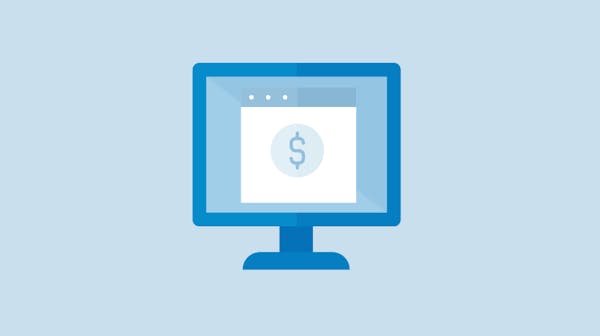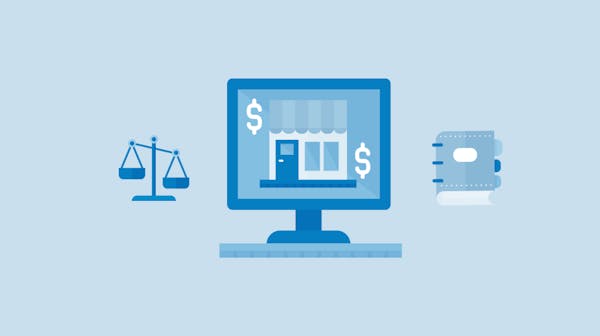E-invoicing is a digital billing process that leverages technology to expedite invoice delivery, improve tracking, and cut operational costs. Unlike traditional invoicing, which relies on paper, postage, and manual processing, an e-invoice is created, sent, and managed online—simplifying every step for businesses. But how easy is it to implement, and what are the legal considerations? These inquiries are essential leads for any company considering a transition to this modern method of billing.
Understanding E-Invoicing: A Step Towards Digital Billing
An e-invoice, in simple terms, is a digital version of a traditional paper invoice. It's a billing document that's created, sent, and managed entirely online. Think of it as the evolution of invoicing, where everything involving invoices takes place in the digital sphere. This process is far more streamlined; rather than manually writing out invoices, printing, and mailing them, you generate everything automatically via software, send it through email or a web-based service, and track it in real time.
The process begins with the creation of the invoice within an e-invoicing system or software. This eliminates the need for paper, reducing clutter and environmental impact. Once created, the electronic invoice can be sent directly to the client's e-invoicing portal or email, reducing the time it takes to deliver the invoice from days to seconds. As the e-invoice arrives, the client can process it immediately in their own financial systems—a stark contrast to the manual entry required from paper invoices.
Key differences between e-invoicing and traditional invoicing:
- Digital vs. physical presence
- Immediate delivery and processing
- Integrated tracking and management features
The Benefits of Understanding What an E-Invoice Is
E-invoicing brings a host of benefits when compared to its paper-based counterpart. Efficiency and cost savings are at the forefront. Without the need for manual data entry, postal services, or physical storage, businesses save substantially on time and money. Furthermore, digitizing invoices results in fewer errors, ensuring more accurate billing and record-keeping.
One of the most significant advantages is improved cash flow due to faster payment times. Digital invoices accelerate the entire billing cycle, enabling businesses to receive payments quicker than ever before. It's not just about sending an invoice sooner; it's also about speeding up the customer's internal processes, as they can process the invoice without delay.
Example: A small business typically waits around 30 days for a payment against a paper invoice, largely due to the time it spends in the postal system and then in the client's invoice approval workflow. By switching to e-invoicing, the same business sees payments within, say, 15 days, as invoices are delivered and processed instantly.
Implementing E-Invoicing: The Technicalities of Digital Invoices
The introduction of e-invoicing and the technical aspects of digital invoices are key to the successful digitisation of financial processes. The basic requirements include a permanent internet connection and appropriate hardware, which are essential for the efficient functioning of the e-invoicing system and form its backbone.
Another important aspect is ensuring that your digital invoicing platform is fully compatible with your existing software. This cross-compatibility is critical for seamless integration and collaboration between systems, minimizing the risk of complications caused by incompatibility. Therefore, thorough preparation and compatibility testing are essential to eliminate potential problems and ensure the smooth operation of your digital invoicing process.
Tip: When evaluating an e-invoicing system, see if the provider offers a trial period—it's a great way to test out integration capabilities without commitment.
Navigating Legalities: Compliance for E-Invoicing
E-invoicing isn't just about technology; it also requires navigating the legal landscape. Compliance with electronic invoicing standards is a non-negotiable part of the e-invoicing process. These standards ensure that your e-invoices are legally sound and globally recognized in business transactions.
Main considerations for complying with e-invoicing regulations:
- Adherence to e-invoice formatting and standardization rules
- Secure digital storage and maintenance of invoices for audit trails
- Accurate application of taxes in line with legislation
Example: A compliance checklist might include verifying the e-invoice format, ensuring the latest tax rates are applied, and setting up an audit trail for at least five years as required by law.
From Papers to Pixels: Understanding the Shift to E-Invoicing
Making the switch from paper to e-invoicing can seem daunting, but with a clear plan, it can be straightforward. Start by deciding which platform to use, preparation is essential. Look at what's out there, and choose a solution that fits your specific needs.
As you move forward, remember that communication is key. Keep your team in the loop about changes, and provide them with the necessary training to handle the new system effectively.
Tip: Don’t rush the transition. It's usually best to run both paper and e-invoicing in parallel at first, giving you and your clients time to adjust to the new system.
Employee engagement is vital during this transition. Training and support ensure that your staff is comfortable with the e-invoicing process, which in turn guarantees that your clients receive a consistent level of service throughout the change.




